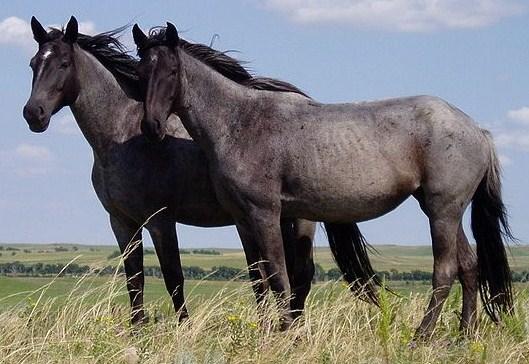Throughout human history, agriculture has undergone remarkable transformations in its methods and efficiency. The shift from manual labor and animal power to mechanized farming represents one of the most significant technological revolutions in human civilization. This transition, which began in earnest during the Industrial Revolution and continues to evolve today, has fundamentally changed how we cultivate land, produce food, and shape our relationship with the earth. From the earliest days of horse-drawn plows to the emergence of sophisticated tractors and automated systems, the story of farming’s evolution reflects humanity’s ongoing quest for greater productivity and sustainability in food production. The transformation of agricultural practices represents one of humanity’s most significant technological leaps. Traditional farming methods, reliant on manual labor and animal power, sustained civilizations for millennia. Farmers used horses, oxen, and other draft animals to plow fields, plant crops, and transport harvests, establishing a symbiotic relationship that shaped rural life.
The late 19th century marked a pivotal shift with the introduction of steam-powered machinery. These early engines, though cumbersome and stationary, revolutionized grain threshing and other labor-intensive tasks. The real breakthrough came in the early 1900s with the development of gasoline-powered tractors, which gradually replaced animal power on farms worldwide.
The Fordson Model F, introduced in 1917, became the first mass-produced tractor accessible to average farmers. This innovation triggered rapid mechanization across agricultural sectors. Tractors evolved from basic pulling machines to sophisticated equipment capable of multiple tasks. Modern tractors feature climate-controlled cabs, GPS guidance systems, and computer-controlled implements.
Mechanization extended beyond basic field operations. Automated milking systems transformed dairy farming, while combine harvesters revolutionized grain production. These machines can now harvest, thresh, and clean crops simultaneously, performing work that once required dozens of laborers.
The digital age brought precision agriculture, integrating artificial intelligence and data analytics. Farmers now use satellite imagery, soil sensors, and drone technology to optimize crop management. Variable-rate technology allows precise application of water, fertilizers, and pesticides, reducing waste and environmental impact.
This technological evolution dramatically increased agricultural productivity. A single farmer today can manage hundreds of acres, compared to the 40-50 acres typical of horse-powered farming. Crop yields have multiplied, supporting global population growth and changing dietary patterns.
The shift from animal to mechanical power also transformed rural demographics and economics. Fewer workers were needed on farms, accelerating urbanization. The agricultural service sector expanded, creating new jobs in equipment manufacturing, maintenance, and technological support.
Environmental considerations have sparked recent innovations in farming technology. Electric tractors and autonomous vehicles are emerging as alternatives to traditional fossil-fuel machinery. These developments aim to reduce agriculture’s carbon footprint while maintaining productivity.
Modern farming equipment represents substantial capital investment, influencing farm economics and operational decisions. Precision agriculture technologies, while initially expensive, often provide returns through improved efficiency and reduced input costs.
The evolution continues as agriculture faces new challenges. Climate change, resource conservation, and sustainable food production drive technological innovation. Today’s farmers blend traditional knowledge with cutting-edge technology, managing complex operations that their horse-farming ancestors could hardly have imagined. This ongoing transformation highlights agriculture’s remarkable ability to adapt and innovate, ensuring food security for future generations.
